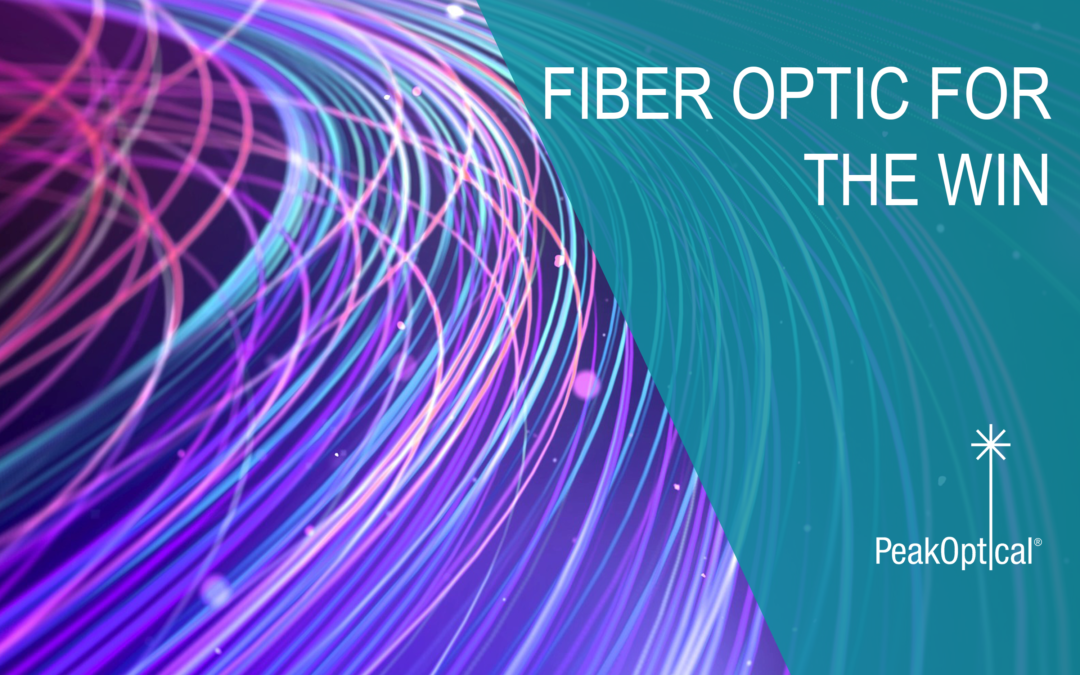For years now, fiber optic has been taking over the copper industry. While it’s true that fiber can be somewhat pricier (in what comes to equipment and training) it’s all well worth because of its impressive high-speeds and efficiency rates.
Is there anyone who still doesn’t know that fiber optic is a lot faster than copper? While it is true that copper networks perform just fine and are able to deliver acceptable speeds that satisfy the demands of most small business, once you go fiber, you can never go back. Fiber optic is able to transmit data way faster, over greater distances, without slowing down or altering the quality of the information in any way.
Do you still need proof that fiber is taking over?
Copper stood once at the very basis of communications technology. The POTS (plain old telephone system) dates back 100+ years ago and its design was based on Alexander Graham Bell’s system from 1876. The telephone network was fully bi-directional. It had the purpose of carrying long-distance calls, while being limited to a bandwidth of 300 to 3300 Hz.
For those times, the legacy phone system did its job well enough, despite the limited bandwidth. The POTS proved to be very reliable when it comes to delivering voice services.
Technology is developing fast and soon enough telephone companies started using fiber optic for the backbone of their networks. Fiber was offering greater speeds and capacities; and because the fiber optic system is digital, converting the POTS analog signal was necessary.
Once the demand for the Internet increased, the existing telephone network was used to bring it into people’s homes. At first, modems that converted the digital signal to analog was used, but the speeds were VERY slow.
Once the ISDN and DSL technologies were introduced in the Internet Protocol (IP) language, the demand for the highest speeds possible for TV, broadband, video, voice and data all together increased considerably. This lead to phone companies willing to completely forget about the POTS all together and switch to an IP-based system.
Compared to copper, fiber carries higher frequency ranges. At higher frequencies, copper cables attenuate or lose signal strength.
The fiber optic technology is hardly influenced by noise or electromagnetic interference. Data can be transferred over 200 km without any loss of quality. The copper cable signals will degrade over long distances.
So, here! We said it. Fiber optic is taking over copper.
Here at PeakOptical we have a great selection of fiber optic supplies, including fiber optic cables, transceivers, media converters, xWDM, measurement and testing accessories, cleaners, tool kits, protection and spare parts. We have it all. Just give us a ring.


